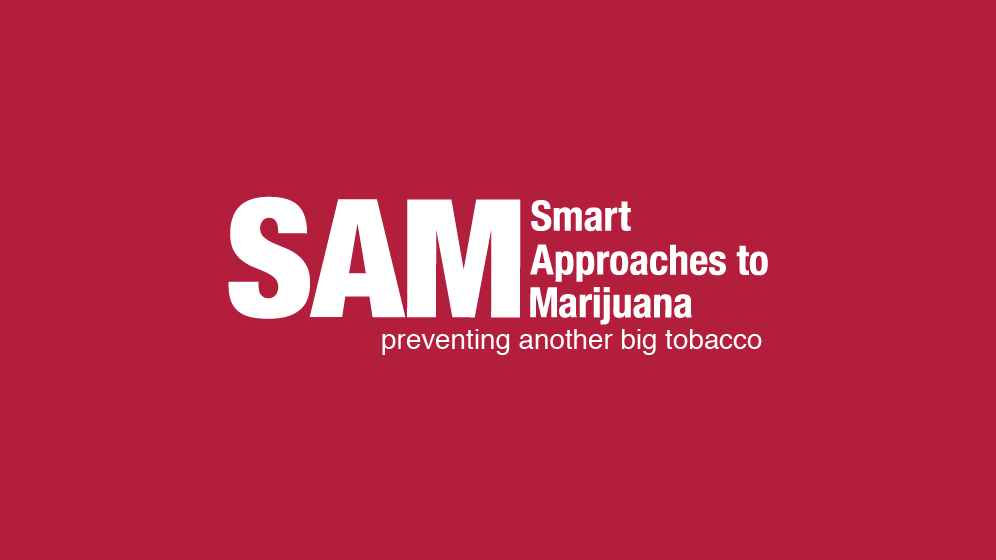
Prohibition — America’s notoriously “failed social experiment” to rid the country of alcohol — took center stage this week as PBS broadcast Ken Burns’ highly acclaimed series on the subject. And already, it has been seized on by drug legalization advocates, who say it proves that drug prohibition should be abandoned.
But a closer look at what resulted from alcohol prohibition and its relevance to today’s anti-drug effort reveals a far more nuanced picture than the legalization lobby might like to admit.
As argued by Harvard’s Mark Moore and other astute policy observers, alcohol prohibition had beneficial effects along with the negative ones. Alcohol use plummeted among the general population. Cirrhosis of the liver fell by 66 percent among men. Arrests for public drunkenness declined by half.
Yes, organized crime was emboldened, but the mob was already powerful before Prohibition, and it continued to be long after.
No one is suggesting that alcohol prohibition should be reinstated. Americans have concluded that the right to drink outweighs public health and safety consequences. But it is important to remember that the policy was not the complete failure that most think it was, and so we should be wary of misapplying its lessons.
If our experience with Prohibition was a nuanced one, then it is surely a stretch to apply the so-called conventional wisdom associated with it to help us shape policies on other intoxicants today. Still, a favorite argument of drug legalization supporters is that because “we all know” alcohol prohibition failed, drug prohibition is destined to fail too. Given modern America’s thirst for liquor, it is a clever political maneuver to link the two policies in this way. But notwithstanding one’s position on the success or failure of alcohol prohibition, there are key differences between that policy and modern-day drug enforcement that render a comparison almost useless for serious policy analysis.
First, it should be remembered that unlike illegal drugs today, alcohol was never prohibited altogether. Laws forbade the sale and distribution of liquor, but personal use was not against the law. Second, alcohol prohibition was not enforced in the way today’s drug laws are. Congress and the executive branch were uninterested in enforcing the law. Even many prohibitionists felt that the law was so effective it did not need enforcement. Police, prosecutors, judges and juries frequently refused to use the powers the law gave them. In 1927, only 18 of the 48 states even budgeted money for the enforcement of Prohibition, and some states openly defied the law.
The key difference between alcohol and drug prohibition, however, lies in the substance itself. Alcohol, unlike illegal drugs, has a long history of widespread, accepted use in our society, dating back to before biblical times. Illegal drugs cannot claim such pervasive use by a large part of the planet’s population over such a long period of time.
What lessons should we be taking from America’s experiment with Prohibition to inform our drug policy?
One is that when a substance is legal, powerful business interests have an incentive to encourage use by keeping prices low. Heavier use, in turn, means heavier social costs. For example, alcohol is the cause of 1 million more arrests annually than are all illegal drugs combined. Indeed, alcohol use leads to $180 billion in costs associated with healthcare, the criminal justice system and lost productivity; alcohol taxes, on the other hand — kept outrageously low by a powerful lobby — generate revenue amounting to less than a tenth of these costs.
Even so, drug legalization advocates try to capitalize on our country’s current budget woes and use the potential for new tax revenue as a key argument in favor of repealing drug laws. But as author Daniel Okrent, whose research into Prohibition inspired Burns’ series, wrote last year, “The history of the intimate relationship between drinking and taxing suggests … that … [people] indulging a fantasy of income tax relief emerging from a cloud of legalized marijuana smoke should realize that it is likely only a pipe dream.”
If our experience with legal alcohol provides us with any lessons for drug policy, it is this: We have little reason to believe that the benefits of drug legalization would outweigh its costs.
But that doesn’t mean that we need to be severe and punitive in our drug enforcement either. People in recovery from alcohol and other drug addictions should be entitled to social benefits, including access to education, housing and employment opportunities, despite their past drug use. We should think seriously about the rationale and effectiveness of imposing harsh mandatory minimum sentences for simple drug possession. And no one can credibly argue that we have enough treatment slots for everyone who needs them, or that we have an adequate supply of evidence-based drug prevention for every school kid, regardless of economic background. Indeed, our current drug policy leaves something to be desired, and like most policies, it needs constant refinement.
Still, it is wrongheaded to think that the only choices we have in drug policy are a punitive approach centered exclusively on enforcement, or one based on careless legalization. Neither has ever worked particularly well.
SAM Director Kevin Sabet wrote this column in October 2011.